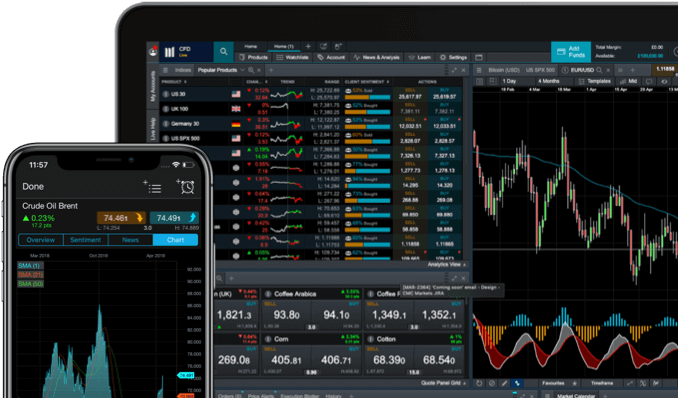The Constant Proportion Portfolio Insurance (CPPI) approach keeps a certain amount of the account in money market funds (very low risk) or cash, and then the rest is in stocks (or any other assets chosen). This approach is useful if the investor wants to keep a certain amount of money easily assessable and safe.
The larger the account balance, typically the more capital that can be applied to stocks. As the account balance drops, more is allocated to money market funds or cash to protect it.
The formula for calculating CPPI rebalancing is:
Stock Investment (£) = M(TA−F)
[M = Investment multiplier (lower M = lower risk)
TA = Total portfolio assets (£)
F = Cash safety level]
For example, assume a low-risk investor wants to keep £50,000 of their £100,000 protected. The investor opts to use what’s called a 1.2 multiplier.
1.2 (£100,000-£50,000) = £60,000 in stocks and £40,000 in money market funds or cash.
The 1.2 multiplier means only £40,000 is allocated to cash as opposed to the £50,000 cash safety level. With a multiplier of 1, the formula would say to put £50,000 into both stocks and cash. A lower multiplier means less risk, while a higher multiplier means more risk because more capital will be put into stocks.
As the capital in the account changes, the new numbers are plugged into the formula to tell the investor how much they should have in stocks and money market funds.

















